BoC Senior Deputy Governor Carolyn Wilkins delivered “An Update on Canada’s Economic Resilience” yesterday. The most important part of the speech is that Wilkins said “Our practice is to not incorporate scenarios that have yet to occur, even though they may be the subject of ongoing discussions” And, risks of trade tensions “are not just on the downside”, but “there is some significant upside as well.” She emphasized that trade developments can result in “complex trade-offs for monetary policy.” And, after considering all factors, “the bottom line is that Governing Council agreed that the gradual approach we have been following is still appropriate.”
In short, Wilkins suggested that BoC is still on course for further rate hikes despite uncertainty of NAFTA negotiations. And that gave a nod to market expectation of an October hike. Canadian Dollar was lifted by her speech.
In the speech, she noted that most recent data indicates growth to “average near potential” over the new few years. Q2’s strong rebound in GDP, 2.9% annualized, supported the central bank’s July rate hike. She added that quarterly profile of GDP growth will be “volatile” for the rest of 2018, but to “still average around 2%”. Even though temporary factors that pushed up exports in Q2 will unwind in Q3, the factors “do not point to weaker underlying momentum”.
On inflation, she noted that wages were rising “less quickly” than expected in an economy that’s “near capacity”. And this is “still the case”. July’s headline inflation data “surprised” on the upside at 3% because of “temporary factors” but not “pressure from excess demand”. Instead, core measures remained at around 2% “supporting our assessment that the inflation increase will be temporary.”
On trade tensions, Wilkins said they’re “among several factors keeping them from investing in new capacity”. BoC estimated that “combination of reduced confidence and trade measures already taken will shave about two-thirds of 1 per cent from GDP in Canada by 2020”. Canada’s countermeasures on trade will “temporarily boost inflation by about 0.1 percentage point until the third quarter of 2019.” She also emphasized that trade developments can result in “complex trade-offs for monetary policy”. On the one hand, protectionist measures can be costly in terms of growth and incomes. On the other hand, protectionist measures create risks to the upside for inflation, especially when the economy is operating near full capacity.
Full speech here.




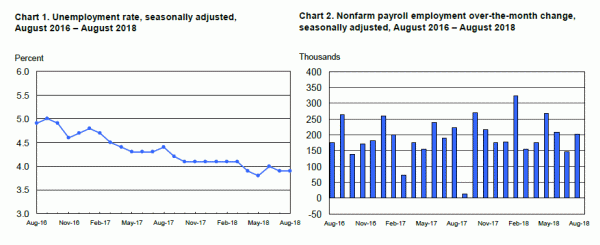
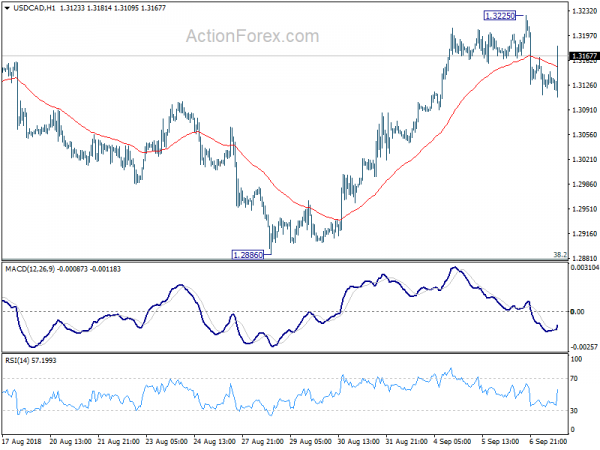
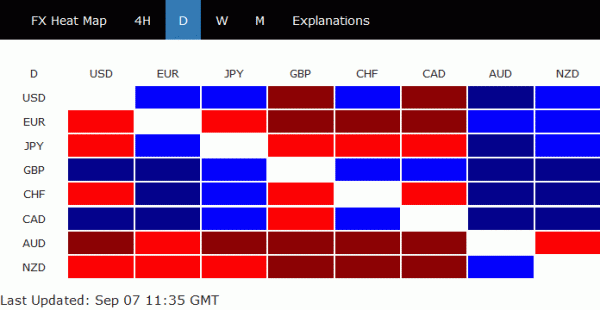
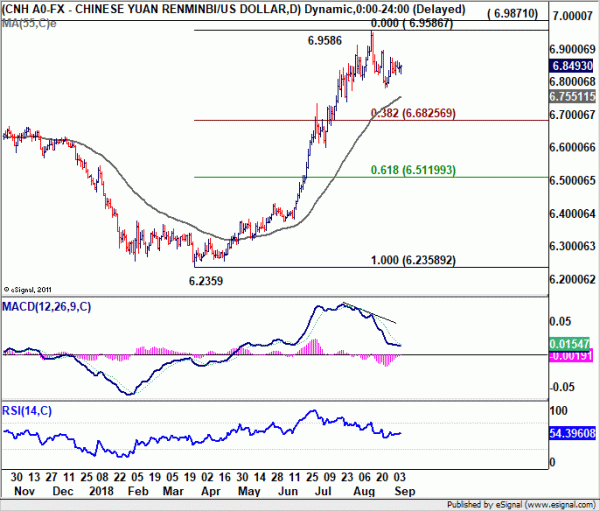
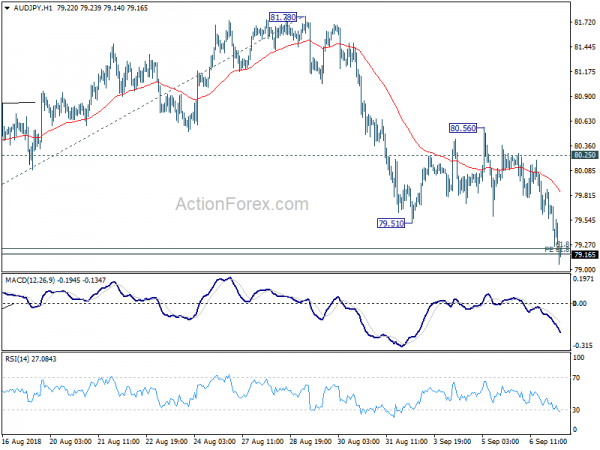
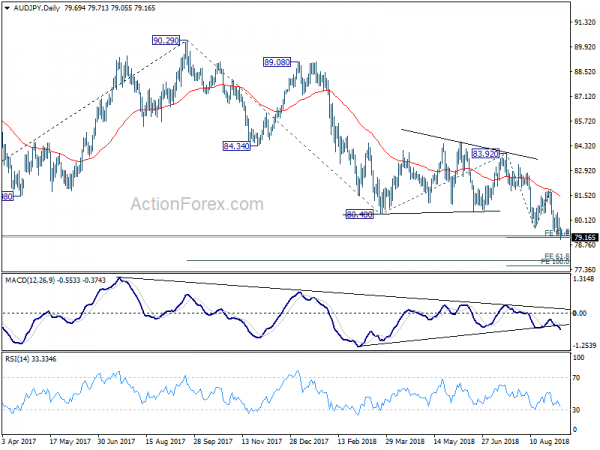
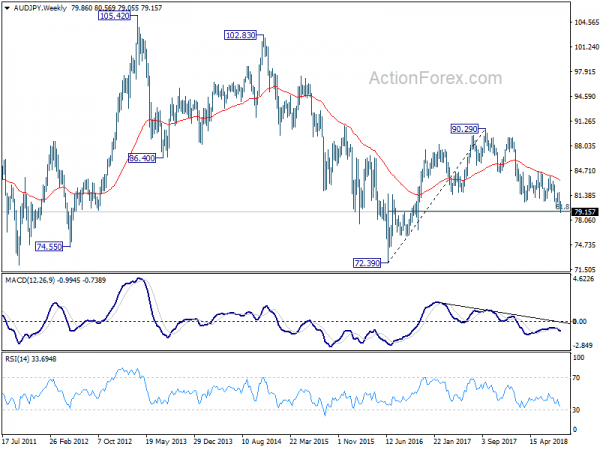
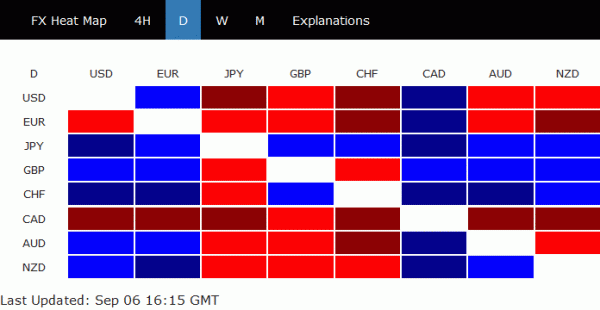
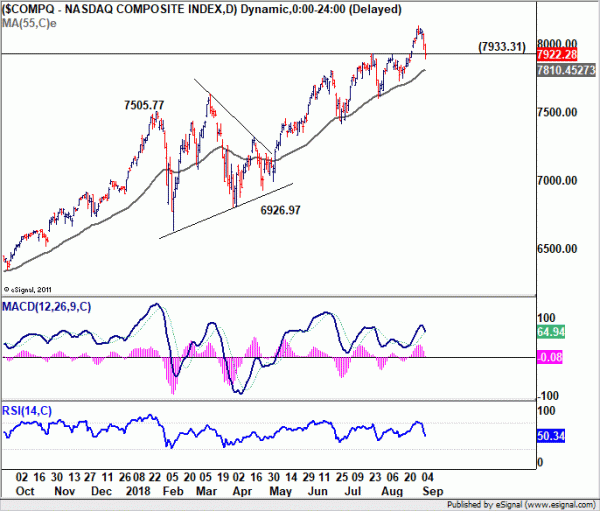
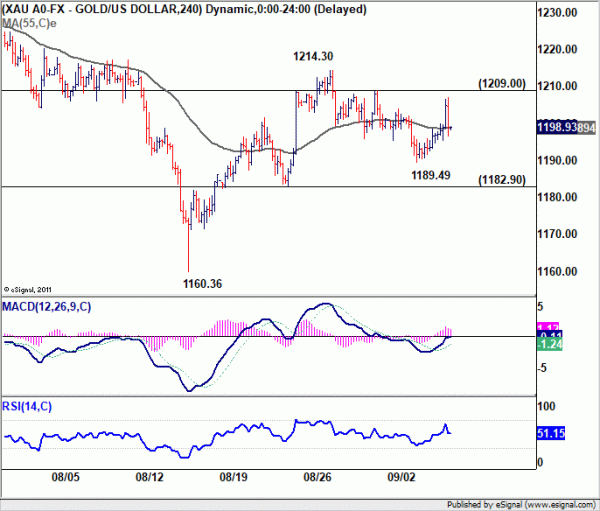

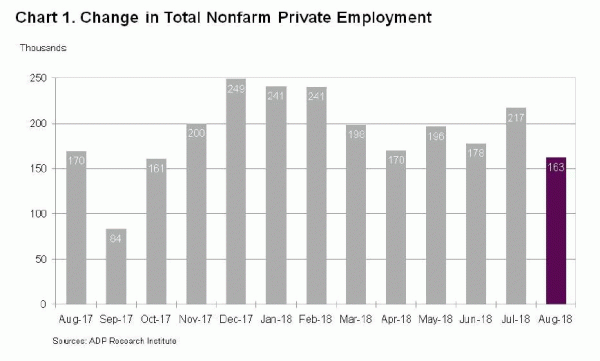
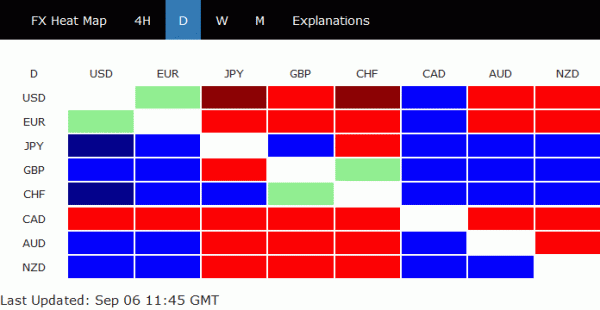
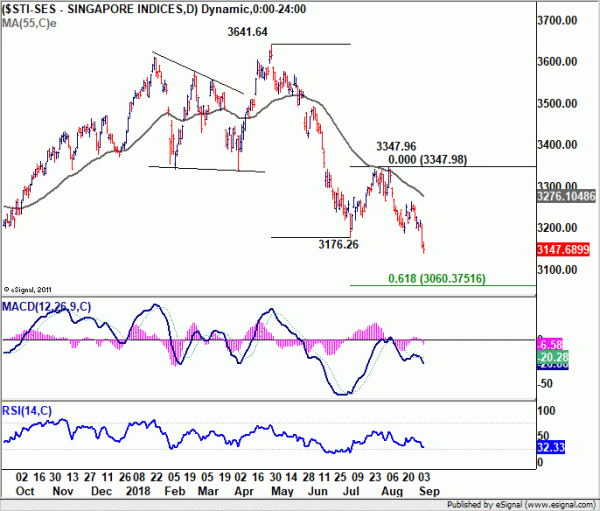
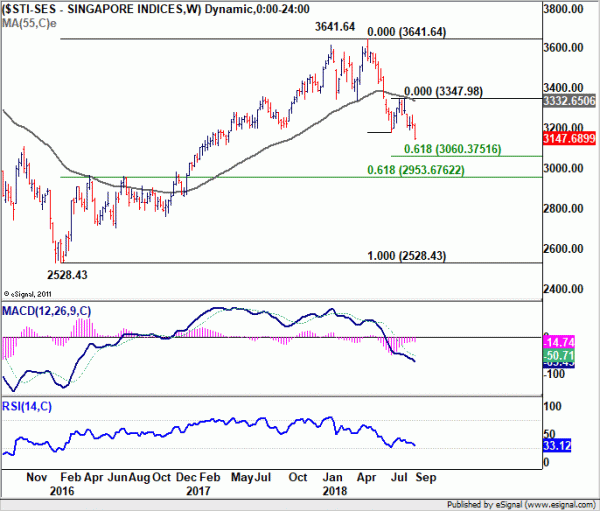
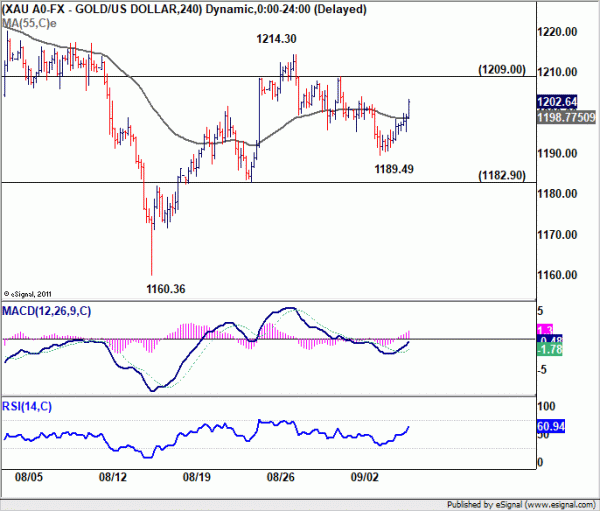
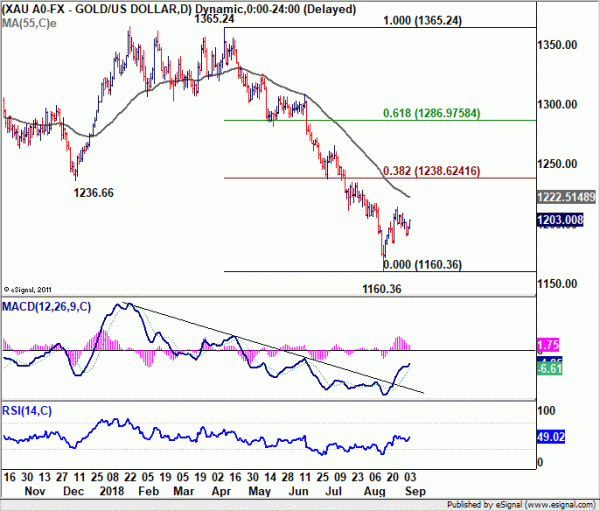

US Kudlow: Talks continue to go on with China
White House Economic Adviser Larry Kudlow said the US is “still talking with China on a number of issues” and the talks will “continue to go on .
Kudlow reiterated that the US wants “lower barriers across the board”. That is, “zero tariffs, zero non-tariff barriers, zero subsidies, stop the IP theft, stop the technology transfer, allow Americans to own their own companies.”
But he expressed the frustration that “those have been our asks for many months and so far those asks have not been satisfied.”